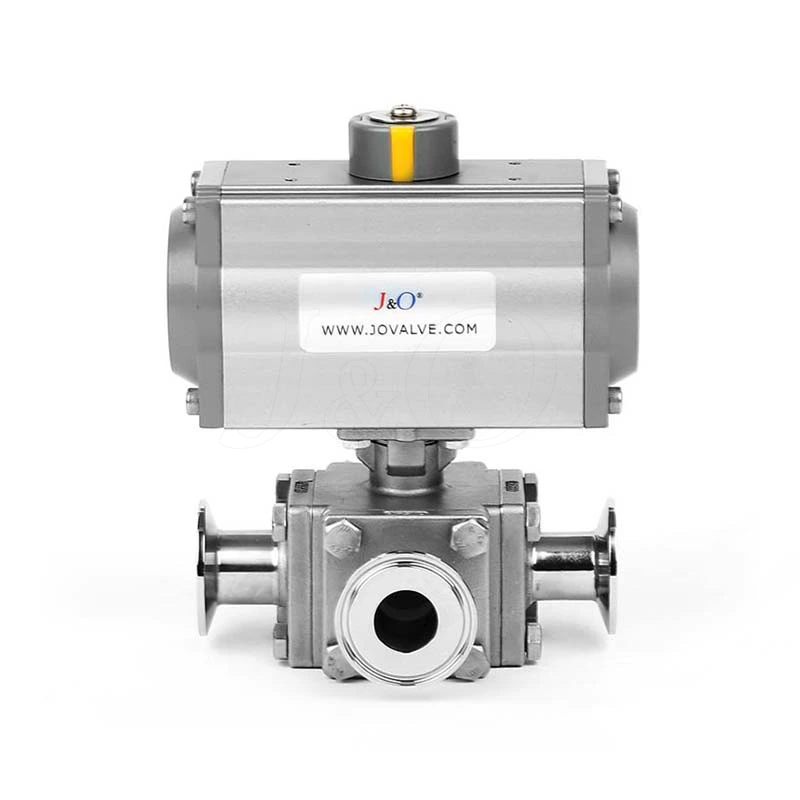Sanitary Ball Valve Implementation Standards
I. Design and Manufacturing Standards
The design and manufacturing of this Sanitary Ball Valve shall comply with the latest versions of the following standards:
1. ISO 15848-1:2015 Valves — Swivel ball valves for closed piping systems — Part 1: Metal ball valves
2. ISO 15848-2:2015 Valves — Swivel ball valves for closed piping systems — Part 2: Sanitary requirements
II. Structural Requirements
1. The valve shall be a sanitary stainless steel ball valve with a full-bore flow path, suitable for a variety of fluid media.
2. The valve shall have a smooth, non-dead-angle surface to reduce the potential for accumulation and bacterial growth.
3. The valve shall be designed for easy cleaning and disinfection to meet sanitary requirements.
4. The valve shall have a simple structure and be easy to operate, and its design shall minimize the possibility of leakage.
III. Performance Requirements
1. Sealing: The valve shall have good sealing performance and no leakage at the specified pressure and temperature.
2. Corrosion Resistance: The valve shall have excellent corrosion resistance and be able to withstand the corrosion of various fluid media. 3. High-Pressure Resistance: The valve must be able to operate under the specified pressure and temperature without cracking or deformation.
4. Operational Performance: The valve must operate smoothly and easily, ensuring easy opening and closing.
IV. Material Requirements
1. The main components of the valve must be made of sanitary-grade stainless steel, such as 316L or 430 stainless steel.
2. Other valve components, such as seals and packing, must also meet sanitary requirements.
3. All materials must possess sufficient strength and corrosion resistance to meet the requirements of use.
V. Test Methods
1. Sealing Performance Test: The valve's sealing performance is tested at the specified pressure and temperature to ensure no leakage.
2. Corrosion Resistance Test: The valve is placed in a fluid medium simulating operating conditions to test its corrosion resistance.
3. High-Pressure Resistance Test: The valve is tested at pressures exceeding the operating pressure to ensure it can withstand the specified pressure and temperature.
4. Operational Performance Test: The valve's opening and closing operation is tested to ensure smooth and easy operation.
VI. Inspection Rules
1. Each batch of valves must undergo sampling inspection to ensure product quality meets requirements.
2. Key parts and major components must undergo 100% inspection to ensure they meet design requirements.
3. Sampling inspection may be conducted on general parts, but the sampling ratio must not be less than 20%.
4. During the production process, quality inspection must be conducted at each step to ensure product quality is under control.
